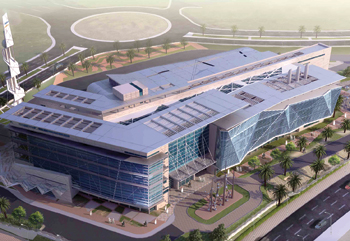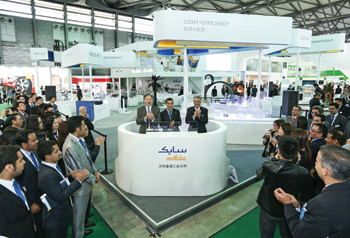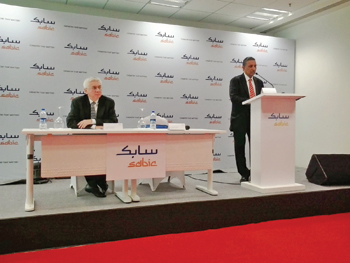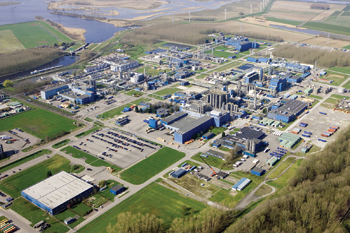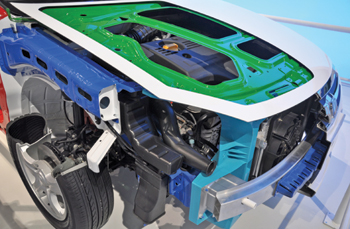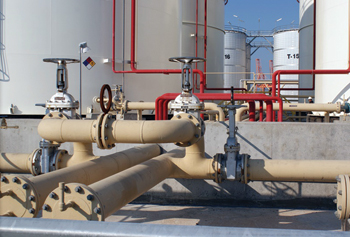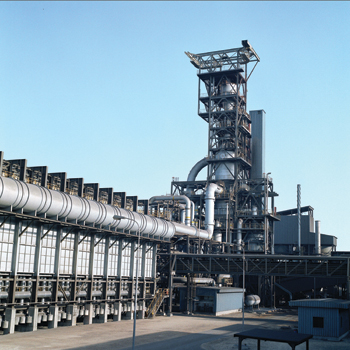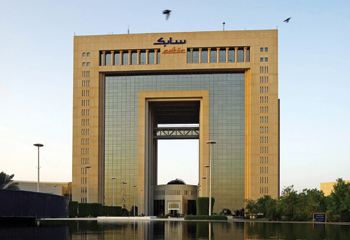
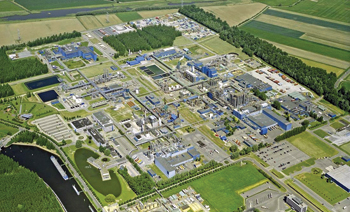 Sabic Innovative Plastics
Sabic Innovative Plastics
SABIC Innovative Plastics – one of Vectren’s major utility customers – says it plans to start generating some of its own electricity at its Mount Vernon, Indiana, campus by 2017.
Sabic’s Mount Vernon plant, which employs about 1,200 people, produces speciality plastics for a variety of products, from auto parts to helmets.
The company announced it plans to build a cogeneration plant – a facility that will produce both steam and electricity for on-site use.
Initial engineering work has already begun, and the facility should be operational by 2017, says Sabic spokeswoman Shelia Naab.
In an unrelated project, Sabic also announced it plans to invest in new technology that will make its chemical production process more efficient.
This project is expected to be complete in 2015.
Citing business confidentiality concerns, Sabic is not saying how much the projects will cost. But the number will be significant.
“It’s a huge undertaking,” Naab says. “These are the largest investments in the site in more than 30 years. It says a lot about the importance of the Mount Vernon site.”
Sabic uses both coal-fired and natural gas-fired boilers to generate steam, and the plant uses that steam to heat materials to the proper temperature during production.
Currently, about 40 per cent of the plant’s steam comes from its coal-fired boilers.
Once the cogeneration plant is up and running, Naab says, the coal-fired boilers will be taken out of use and all of the facility’s boilers will run on natural gas.
Naab says Sabic has considered adding a cogeneration plant for a while now, but it is making the move now because of new environmental regulations from the US Environmental Protection Agency. Those rules, which went into effect earlier this year, put into place stricter air emissions standards for large industrial boilers such as Sabic uses.
“Since the EPA is making that rule, it seemed like a good time to go to that cogeneration facility,” Naab says.
The cogeneration plant will also produce electricity, which will reduce the amount of energy Sabic will purchase from Vectren.
Vectren spokeswoman Chase Kelley would not say how Sabic’s electricity use compares to the utility’s other large industrial customers.
But Sabic is a large enough customer that its news prompted Vectren to make its own announcement.
Vectren made a public filing with the U.S. Securities and Exchange Commission in which it informed investors that the expected reduction in business from Sabic may affect Vectren’s financial earnings.
In its filing, Vectren says Sabic’s historical peak electric usage – the amount of power the plant uses at a given time during its peak of operations – has been 120 megawatts. Sabic’s cogeneration facility is expected to provide 80 megawatts of electrical power, Vectren says. The utility says it expects to provide between 20 and 30 megawatts to Sabic after the cogeneration facility is up and running, which is below the plant’s historical peak because of expected energy efficiency efforts at the plant.
As a basis of comparison: Vectren’s total electric generation capacity is about 1,300 megawatts. The utility serves 142,000 electrical customers in Southwestern Indiana.
Kelley says Vectren doesn’t yet know how much its earnings will be affected by the loss of business from Sabic. Vectren is hopeful of economic development in its electrical service area.




















































































